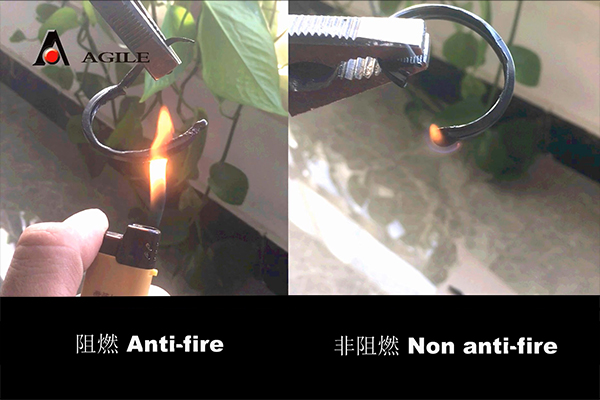Flexible Cable Management Solutions for Efficient Equipment Mobility and Space Optimization
The Versatility and Innovation of Movable Cable Tracks
Movable cable tracks, often referred to as cable carriers or drag chains, play an essential role in modern industrial applications by managing and organizing cables and hoses in environments where movement is crucial. Their design allows them to support a wide range of motion, ensuring that cables are not only protected but also efficiently deployed without tangling or wear over time. This article will explore the various types and benefits of movable cable tracks, their applications, and the future of this innovative technology.
What Are Movable Cable Tracks?
Movable cable tracks are mechanical devices designed to guide and support flexible cables, wires, and hoses as they move along with machinery or equipment. Constructed from durable materials like plastic or metal, these tracks form a continuous loop that holds the cables securely in place. They typically come in various sizes and shapes, allowing them to accommodate different types of installations and operating conditions.
One of the key features of movable cable tracks is their ability to handle lateral movements, bending, and twisting, which are common in dynamic environments. They help maintain the integrity of cables, reduce strain, and prevent damage that could lead to costly downtimes or safety hazards.
Types of Movable Cable Tracks
Movable cable tracks come in several designs tailored for specific applications. Some of the most common types include
1. Open Cable Tracks These tracks offer easy access to cables and hoses, making them ideal for applications requiring frequent adjustments or repairs.
2. Enclosed Cable Tracks Designed to provide maximum protection, enclosed tracks shield cables from environmental factors such as dust, debris, and moisture, making them suitable for harsh industrial conditions.
3. Low Profile Tracks These tracks provide a streamlined solution for compact spaces where height clearance is a factor. Their design minimizes the overall footprint while maintaining functionality.
4. Heavy-Duty Tracks Suitable for high-load applications, heavy-duty cable tracks are constructed from robust materials to handle larger cables and hoses, often used in manufacturing and heavy machinery.
Benefits of Movable Cable Tracks
The implementation of movable cable tracks in industrial settings can lead to several significant advantages
movable cable track

- Increased Lifespan of Cables By protecting cables from wear and tear, these tracks help extend their lifespan, reducing the frequency of replacements and repairs.
- Enhanced Safety Organizing cables properly decreases tripping hazards and electrical risks, promoting a safer working environment for personnel.
- Improved Efficiency Cables that move freely within tracks can enhance operational efficiency by ensuring smooth, uninterrupted movement of machinery
.- Customizability Many manufacturers offer customizable solutions to fit specific needs, enabling industries to tailor tracks for particular applications and environments.
Applications in Different Industries
Movable cable tracks are used across various sectors due to their versatility.
1. Manufacturing In automated manufacturing lines, movable cable tracks manage the transportation of power cables and data lines without hindering production flow.
2. Robotics Robots equipped with movable cable tracks can perform complex tasks with precision, allowing for the integration of power and communication lines in a compact design.
3. Cranes and Lifting Equipment Heavy machinery relies on robust cable management solutions for safe and efficient operation, making movable cable tracks an indispensable component.
4. Entertainment Industry In theaters and production studios, movable cable tracks are used to manage lighting and sound equipment, providing flexibility in staging and setups.
The Future of Movable Cable Tracks
As technology continues to evolve, the design and functionality of movable cable tracks are also advancing. Innovations such as smart tracking systems, which incorporate sensors to monitor cable conditions and predict maintenance needs before failures occur, are becoming increasingly relevant. Additionally, with the push towards automation and robotics, the demand for effective cable management solutions will likely see an upward trend.
In conclusion, movable cable tracks represent a vital advancement in industrial technology, enhancing the safety, efficiency, and functionality of equipment across various applications. Their ability to adapt to different environments will continue to drive their adoption and evolution, making them a cornerstone in the future of manufacturing and machinery management. As industries seek to optimize performance and minimize risks, the role of movable cable tracks will only grow more significant, paving the way for innovation across the globe.








